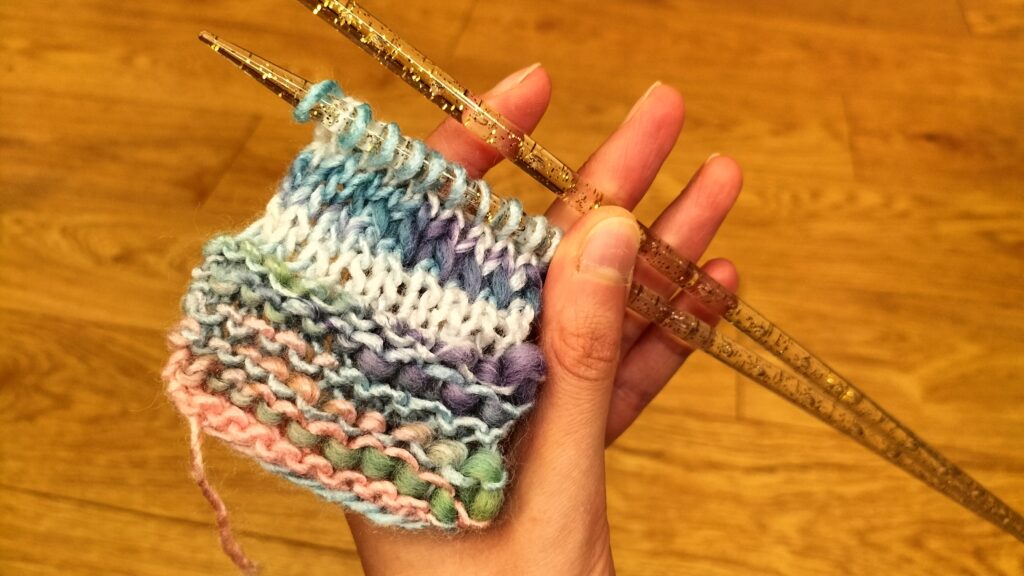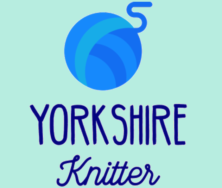I have created some video tutorials of basic knitting stitches for beginners and have compiled them into this post for anyone who is wanting to learn!
I used various ways to explain the techniques so hopefully everyone can understand as I know terminology can be tricky to get the hang of when you’re first starting out.
Throughout these videos I am using King Cole Bamboozle yarn in ‘Lagoon’ with Addi gold glitter knitting needles in 6mm. You can find these on the Laughing Hens website:
https://www.laughinghens.com#YorkshireKnitter
Please note: this is an affiliate link.
If you have any questions, please don’t hesitate to reach out to me through my contact form or Instagram!
- Knit stitch
- Casting on
- Long-tail cast on
- Increase
- Decrease
- Purling
The basic knitting stitch!
I believe the best place to start is with the standard foundation stitch! It may seem odd to learn how to knit before learning to cast on but seeing as most stitches (including casting on) are based around the basic movements of the simple knit stitch, I think it is a good idea to get a basic understanding of this before attempting to cast on.
When I have taught my friends how to knit, I always cast on for them so that they can try this first and get comfortable with the motions before moving on.
Casting on
Now we can talk about casting on (which is technically the first step to starting a project…)
Long-tail cast on
Here’s another method of casting on, this is a little bit trickier if you’re a beginner so don’t feel discouraged if you can’t understand it straight away!
This is often used for projects that are worked in the round, such as hats.
This has become my favourite method for casting on, so I pretty much exclusively use this one!
Increase (inc)
If you see ‘increase’ or the abbreviation ‘inc’ in a pattern, it means you need to create an extra stitch. This helps with creating shape in your work, including but not limited to the rounder shapes of amigurumi.
One way that you can do this is to knit into the front and back of a stitch, which we are going to go over in this video.
However, there are of course other ways to make increases in your work. Please comment below if other tutorials covering different methods would be of interest!
Decrease (dec)
If you see ‘decrease’ or the abbreviation ‘dec’ in a pattern, it means you need to reduce the row by a stitch. This helps with creating shape in your work, including but not limited to closing up hats and the toes of socks, and again amigurumis.
One way that you can do this is to knit two stitches together – often referred to as the abbreviation ‘k2tog’.
Again, there are other ways to make decreases in your work. Please leave a comment if you would like to see other tutorials covering different methods!
Purling
Last but certainly not least, we’re going to talk about purl stitch!
This is essentially the reverse or opposite of a knit stitch and it can be used to create a wide variety of textures from the fundamental stockinette and ribbing stitch patterns to the more intricate cable knit and basket stitches, to name but a few!
Please let me know if you would like me to cover some of these ‘fancier’ stitch patterns!
And there we have it! Here are just a few elemental techniques and some of my most used basic knitting stitches! I hope you found these helpful!
Again, if you are interested in where I got these beautiful needles and yarn, here is my affiliate link:

